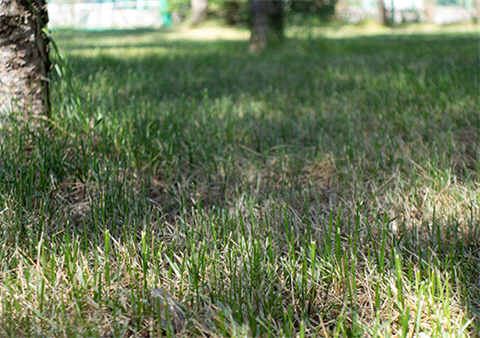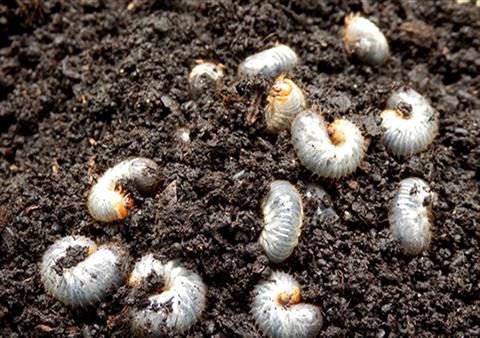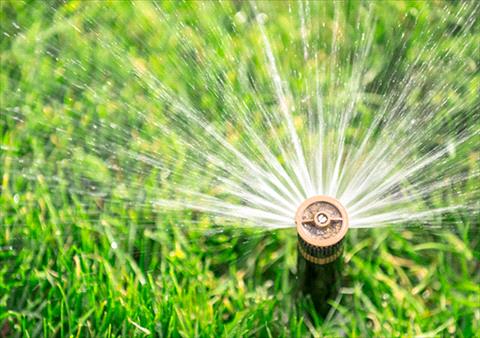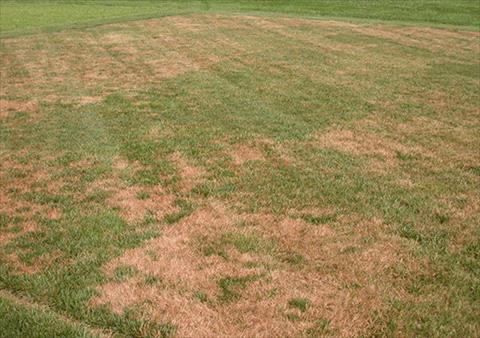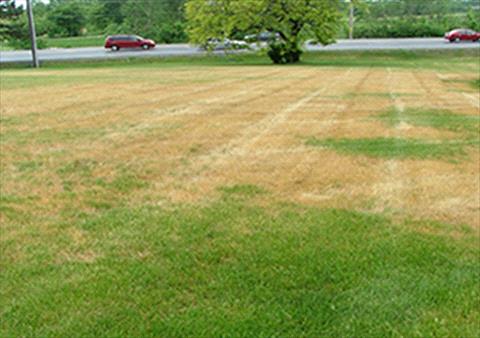Your Cart

Grassy Weeds
Grassy Weeds
What are they and how to tell them apart
Several types of grasses are often classified as "weedy grasses" due to their invasive and unwanted nature in residential lawns. These weedy grasses compete with desirable varieties of grass, reducing their growth and the curb appeal of your lawn. Weedy grasses cannot be controlled by standard weed control products and, in some cases, there is no selective control available at all.
Quackgrass, Bentgrass, and some cultivars of Tall Fescue are the three most common weedy grasses that you’ll find in your lawn and can take over if left unattended. Unfortunately, the only method of control for these unsightly grasses is proper cultural practices and overseeding with desirable grass seed mixtures. Lawn care cultural practices refer to a set of routines and techniques that are implemented to maintain and improve the health, appearance, and functionality of a lawn. These practices are essential for ensuring that a lawn remains lush, green, and resilient to various environmental stresses. Some key examples include proper watering and mowing. Your local Weed Man professional will help advise you on the best solution for your lawn. For more information on how proper mowing height prevents weedy grasses, click here!
Quackgrass Tall Fescue Bentgrass
(Lighter green color with a wide leaf and (Dark green in color and grows in large (Has a greenish blue color and grows
will spread rapidly throughout the lawn. clumps throughout the lawn and can be low to the ground. Roots are very shallow
Visible year-round.) visible year-round.) and can be pulled up easily.)
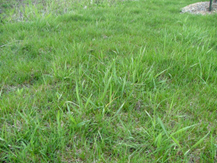
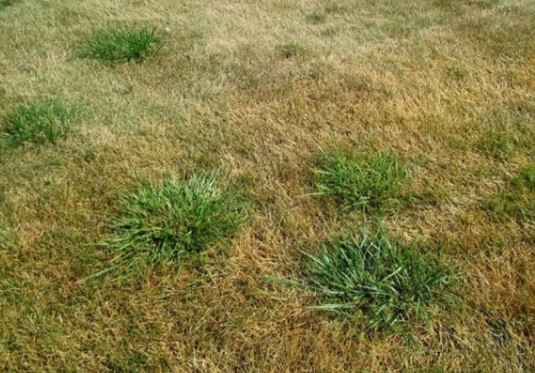

Crabgrass is one of the few grassy weeds that can be controlled. It is an annual plant which means will die off in the fall turning a purplish color, but any seed heads that the plant has developed will germinate the following spring which can lead to severe infestations. New crabgrass plants tend to germinate in early summer and are a lime-green color resembling miniature corn plants. It is most commonly found along the edges of your driveways and flower beds but can spread throughout the lawn if left untreated. Fortunately, crabgrass control comes standard with all of our full program orders.
Crabgrass (Early Summer) Crabgrass (Late Summer)
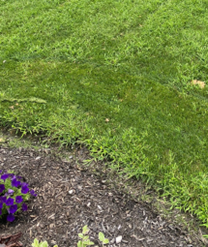
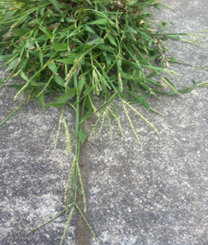
Watch our video on Crabgrass vs Quackgrass & Tall Fescue below!

-480X400.jpg)
